Snapping Hamstring syndrome
What is Snapping Hamstring syndrome?
Snapping Hamstring Syndrome is a rare disease, but it can induce notable disability in people who have this pathology. Lateral, or biceps, snapping hamstrings are generally due to a presumed genetic or damaged condition where the direct arms of the long and short heads of the biceps are no longer connected to the posterolateral part of the fibular styloid.
In these people, when they conduct a deep squat, the biceps femoris tendon can move over the fibular head when one squats down. Upon arising, the tendon will frequently snap back into position. This can be a fairly debilitating issue in people who present with these symptoms. In addition, these peoples generally have irritation of the common peroneal nerve because it is adjoining nature to the snapping biceps tendon.
Peoples frequently have paresthesias and zingers going down into the lateral part of their leg and the dorsum of the foot due to the irritation of the common peroneal nerve.
Symptoms of snapping hamstring
- Deep ache within the knee joint when squatting down
- Audible or seeable clunk when arising after squatting
- Numbness or tingling over the outside of the knee joint with movements
- While the reasons vary between medial and lateral snapping hamstrings, the presenting symptoms are frequently similar.
Diagnosis
On physical examination, these people will frequently have aches on palpation of the biceps tendon attachment on the fibular styloid. In addition, conducting a deep squat will frequently reproduce their symptoms. We have seen that in the most extreme circumstances, the biceps femoris will snap in all cases, while in others it will only sometimes snap and catch.
The physical examination almost always includes having the peoples conduct a deep squat to reproduce their symptoms. In some cases, people can reproduce their medial knee snapping symptoms by putting full weight on their affected side and trying to hyperextend their knee joint. In this example, the snapping may happen directly over the posteromedial knee joint. The examiner must identify one’s fingers directly over the hamstring tendons to confirm that this is a source of where the snapping happens. In almost all cases, one can localize the snapping to the hamstrings within 5 to 6 cm of the posteromedial joint or junction line.
We suggest that a thin slice MRI, including the posterolateral knee joint structures, be obtained in these people to confirm that the biceps femoris attachment on the posterolateral aspect of the fibular styloid is not normal. X-rays should also be brought to make foolproof there is no osteochondroma or further pathology that could be mistaken with this disease.
Plain x-rays may be helpful to decide if there is an osteochondroma or a bone spur (osteophyte) inducing the snapping hamstrings. We have not seen the benefit of MRIs to be especially useful in diagnosing medial snapping hamstrings, but they stay good to confirm that there is no further pathology in this region of the knee joint which could be mistaken with this diagnosis ( large Bakers cysts, posterior horn meniscal tears, and further causes).
Treatment for Snapping Hamstring
The therapy of medial snapping hamstrings includes eliminating the cause of the snapping. Unfortunately, this is such a rare disease that a definitive therapy course has not been defined.
In some peoples, it has been seen that only releasing the gracilis and semitendinosus tendons at their attachment along the pes anserine bursa, observed by scar tissue release of the tendons proximally, is very victorious at reducing the snapping symptoms.
In others, surgical excision of the snapping hamstring tendon(s) with an open hamstring harvester has also been conducted. Yet, even in the best of cases, recurrent snapping can sometimes happen because it is becoming increasingly identified that the hamstring tendons can regenerate, with analyses presenting on ultrasound that they can regenerate as soon as 6 weeks to 3 months after their excision (these analyses were conducted for ACL reconstruction hamstring harvest evaluation).
Therefore, the outcomes of a surgical release, or harvesting, of the medial hamstring tendons does ever not confirm to be as victorious as the therapy of lateral snapping hamstrings.
Therefore, ongoing analyses are still being conducted to define the ideal treatment for this rare disease.
The therapy for snapping biceps femoris tendons is to reattach the biceps femoris back to the fibular styloid. This generally affects the use of suture anchors.
Post-Op
For lateral snapping biceps repairs, people are held on crutches for 6 weeks to make it foolproof that the soft tissue recovers, and then they gradually increase their movements. It generally carries 4 to 5 months to return to full movements after this repair. People who have a medial snapping hamstring release or excision are frequently permitted to expand their movements as accepted for 6-8 weeks after surgery.
FAQ
How do I stop my hamstrings from snapping?
In some peoples, it has been seen that just releasing the gracilis and semitendinosus tendons at their attachment along the pes anserine bursa, observed by scar tissue release of the tendons proximally, is very victorious at alleviating the snapping symptoms.
Why is my hamstring snapping?
The snapping sensation reportedly happens when a hamstring tendon passes over a muscle belly, the medial tibial condyle, or another tendon. The semitendinosus tendon is often affected, but simultaneous involvement of the semitendinosus and gracilis tendons has also been defined.
How long does hamstring syndrome take to heal?
Hamstring syndrome generally obtains better in a few weeks with rest and home maintenance. The doctor o physician may suggest activities to stretch and strengthen your hip muscles. If home care doesn’t support you, your doctor or physician may recommend a steroid shot to help decrease aches and swelling.
Can a snapped hamstring heal?
Mild to moderate (grade 1 or 2) tears or strains can recover within three to eight weeks with diligent home treatment. For a grade 3 hamstring tear or strain, healing may be as long as three months. Returning to sports before the damage is completely recovered can cause more extreme injuries.
How do you prevent snapping tendons?
Warm up and stretch before physical exercise to control sudden damage. Take care of your tendons so they can maintain you painlessly curving and flexing your muscles long into old age.

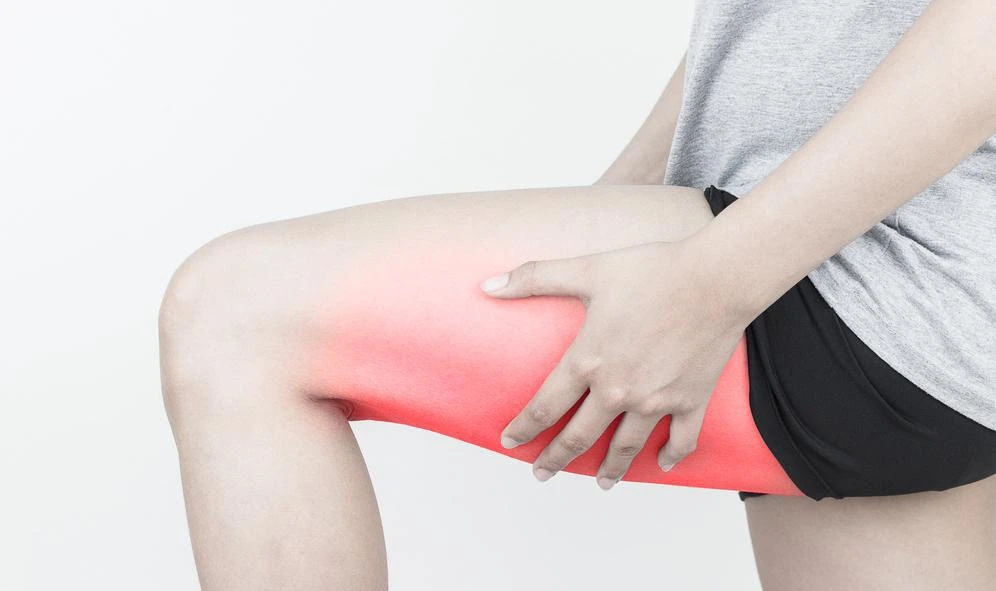
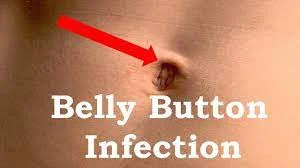
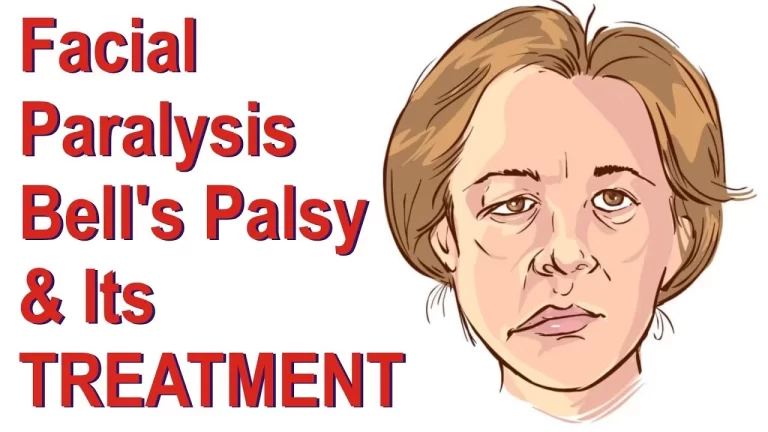
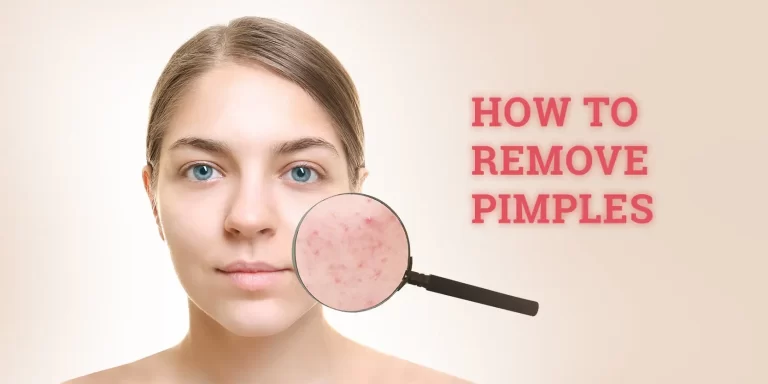
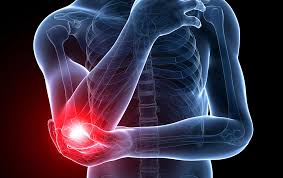

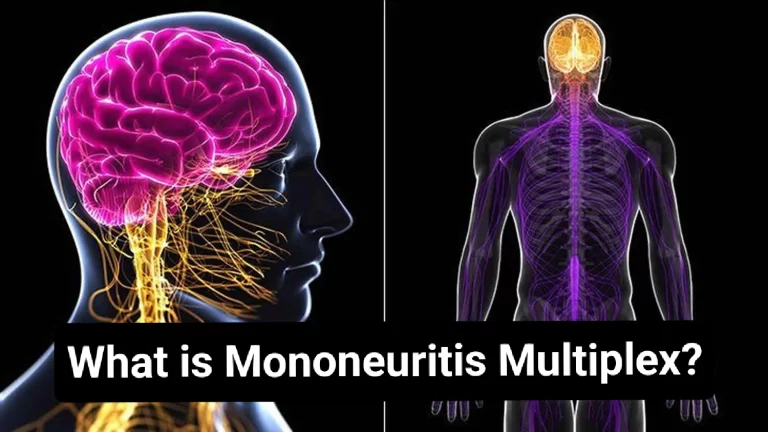
One Comment